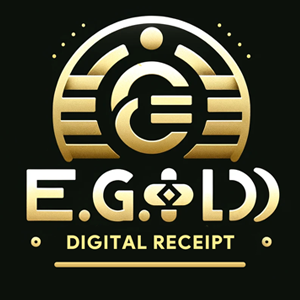Valcambi Gold Reviews: A Trusted Name in Gold Investment
Valcambi Suisse is a globally recognized name in the precious metals industry, known for producing high-quality gold bars and coins. Whether you’re an investor or a collector, Valcambi’s reputation for precision and reliability makes it a top choice for gold purchases. This article provides an in-depth review of Valcambi gold products, highlighting their quality, features, and investment potential.
Why Choose Valcambi Gold?
Valcambi gold products stand out for several reasons:
- Trusted Reputation: With decades of experience, Valcambi is a trusted name in the precious metals market.
- High Purity: Gold bars and coins from Valcambi are made with 99.99% pure gold, ensuring investment-grade quality.
- Variety of Sizes: Available in various weights, including 1g, 5g, 10g, 1oz, and larger sizes to suit all budgets.
- Tamper-Proof Packaging: Each bar comes sealed in a secure, tamper-proof package with a certificate of authenticity.
- LBMA Accreditation: Valcambi is accredited by the London Bullion Market Association (LBMA), guaranteeing its gold meets the highest standards.
Key Features of Valcambi Gold
Purity and Quality
Valcambi gold bars are crafted with 99.99% pure gold, making them a top-tier choice for investors seeking high-quality bullion. Each bar is meticulously tested for weight and purity.Assay Card Certification
Every Valcambi gold bar is packaged with an assay card that verifies its weight, purity, and serial number, ensuring authenticity.Elegant Design
Valcambi gold bars feature a sleek, minimalist design with the Valcambi logo, weight, and purity stamped on the front, appealing to both investors and collectors.Global Recognition
Valcambi’s reputation ensures its gold products are easily tradable and recognized worldwide, offering excellent liquidity.
Benefits of Investing in Valcambi Gold
- Security: Tamper-proof packaging and LBMA accreditation provide peace of mind.
- Liquidity: Valcambi gold bars are widely recognized and easily resold.
- Portfolio Diversification: Adds a tangible asset to your investment portfolio.
- Flexibility: Wide range of sizes caters to both small and large investments.
- Durability: High-quality packaging preserves the condition of the gold over time.
Popular Valcambi Gold Products
1. Valcambi Gold Bars
- Available in sizes ranging from 1g to 1kg.
- Known for their sleek design and high purity.
- Ideal for both beginners and experienced investors.
2. Valcambi CombiBars
- Unique divisible gold bars designed to break into smaller units.
- Perfect for flexible investments and gifting.
3. Valcambi Gold Coins
- Limited edition coins with intricate designs and high collectible value.
Where to Buy Valcambi Gold
To ensure authenticity and value, purchase Valcambi gold products from trusted sources:
- Authorized Dealers: Certified gold dealers specializing in Valcambi products.
- Online Platforms: Reputable platforms like APMEX, JM Bullion, and Kitco.
- Banks and Financial Institutions: Some banks offer Valcambi gold bars for sale.
How to Verify Valcambi Gold Authenticity
- Inspect Packaging: Ensure the tamper-proof seal is intact.
- Check the Assay Card: Verify the details match the bar’s markings.
- Examine the Serial Number: Confirm it against the certificate of authenticity.
- Weigh the Bar: Use a precision scale to check the weight matches the specifications.
Valcambi Gold Reviews from Investors
- Positive Reviews: Investors praise Valcambi gold bars for their purity, elegant design, and secure packaging. Many highlight the ease of resale and global recognition as major advantages.
- Criticisms: Some buyers mention slightly higher premiums compared to other brands, but most agree the quality justifies the cost.
Comparing Valcambi Gold to Other Brands
| Feature | Valcambi Suisse | PAMP Suisse | Perth Mint |
|---|---|---|---|
| Purity | 99.99% | 99.99% | 99.99% |
| Design | Sleek and minimalist | Detailed with Veriscan® | Intricate and artistic |
| Security | Tamper-proof packaging | Veriscan® technology | CertiCard packaging |
| Global Recognition | High | Very High | High |
Valcambi gold bars hold their own against competitors, offering a balance of simplicity, quality, and reliability.
FAQs About Valcambi Gold
Is Valcambi gold real?
Yes, Valcambi gold is 99.99% pure and certified by the LBMA.Are Valcambi gold bars a good investment?
Absolutely. They offer high liquidity, global recognition, and exceptional quality.What sizes do Valcambi gold bars come in?
Valcambi gold bars range from 1g to 1kg, catering to various investment needs.Can I sell Valcambi gold easily?
Yes, Valcambi gold bars are widely accepted and easy to resell.What is a Valcambi CombiBar?
A divisible gold bar designed to break into smaller units for flexibility.Where is Valcambi located?
Valcambi’s refinery is in Switzerland.Why are Valcambi gold bars slightly more expensive?
The premium reflects their superior quality, secure packaging, and global recognition.How do I store Valcambi gold bars?
Store them in a safe or secure vault to maintain their condition and value.What makes Valcambi gold unique?
Its LBMA accreditation, sleek design, and tamper-proof packaging set it apart.Can I buy Valcambi gold online?
Yes, many reputable platforms offer Valcambi gold bars with secure delivery.
Why Valcambi Gold is Ideal for New Investors
Valcambi gold bars are particularly suitable for those new to investing in precious metals. Here’s why:
- Affordability: Smaller bars, like 1g or 5g, offer an accessible entry point for new investors.
- Ease of Resale: Valcambi’s global recognition ensures a straightforward resale process, providing liquidity and flexibility.
- Clear Certification: The accompanying assay card provides transparency and confidence in authenticity and purity.
- Low Risk: Gold’s stability as an asset reduces the risk compared to volatile investments like stocks or cryptocurrencies.
Advanced Features of Valcambi Gold Products
- CombiBars for Fractional Use: Valcambi’s innovative CombiBars allow investors to break the bar into smaller segments, perfect for fractional trades, gifting, or emergency liquidity.
- Sustainability Practices: Valcambi is committed to ethical and sustainable sourcing, ensuring investors can purchase with peace of mind.
- Tamper-Proof Packaging: Each bar is securely encased, preventing tampering and preserving its pristine condition for years.
How Valcambi Gold Performs During Economic Uncertainty
Gold is widely regarded as a safe-haven asset, and Valcambi gold products provide additional security due to their high standards and recognition. During times of inflation or market volatility:
- Preservation of Wealth: Gold maintains its value over time, shielding investors from currency devaluation.
- High Demand: Recognized brands like Valcambi see heightened demand during economic downturns, enhancing resale opportunities.
Investing in Valcambi Gold Bars for Retirement
Gold bars, particularly from trusted brands like Valcambi, are an excellent addition to retirement portfolios:
- Diversification: Balances risk and provides stability.
- Tangible Asset: Unlike paper assets, gold offers physical security.
- Long-Term Growth: Gold prices tend to increase over decades, ensuring steady value appreciation.
Valcambi Gold in the Global Market
Valcambi’s reputation extends across the globe, making its gold products highly liquid and desirable. Whether you’re in North America, Europe, or Asia, Valcambi gold bars are recognized and valued, ensuring:
- Ease of Cross-Border Transactions: Trusted by dealers and investors worldwide.
- Consistent Demand: A strong global presence guarantees consistent demand for Valcambi products.
- Secure Investments: Backed by a brand synonymous with quality and reliability.
Selling Your Valcambi Gold Bars
When it’s time to sell, Valcambi gold bars command strong resale value due to their reputation and quality. Follow these steps for a smooth transaction:
- Monitor Market Trends: Sell during peak gold price periods to maximize returns.
- Use Reputable Buyers: Approach certified dealers, online platforms, or banks for secure transactions.
- Keep Documentation: Retain the assay card and original packaging to fetch the highest price.
Collectors’ Appeal of Valcambi Gold
Valcambi products aren’t just for investors—they also attract collectors due to their:
- Artistic Simplicity: Sleek, minimalist designs appeal to those who appreciate elegance.
- Limited Editions: Special releases or commemorative bars are highly sought after by enthusiasts.
- Historical Value: Valcambi’s legacy and Swiss craftsmanship enhance their desirability.
The Future of Valcambi Gold
As the demand for gold continues to rise, Valcambi remains at the forefront of the precious metals market. Innovations like the CombiBar and sustainability initiatives position Valcambi as a leader in modern gold investment. Here’s what to expect:
- Increased Accessibility: Expanding product lines to cater to diverse investor needs.
- Technological Integration: Blockchain tracking and authentication for enhanced transparency.
- Eco-Friendly Practices: Greater emphasis on ethical sourcing and sustainable production.
Final Thoughts on Valcambi Gold
Valcambi gold products offer a blend of quality, trust, and versatility that’s hard to match. Whether you’re looking for a safe investment, a collectible piece, or a way to diversify your portfolio, Valcambi delivers exceptional value.
From its impeccable craftsmanship to its global recognition, Valcambi has earned its place as a top choice among investors and collectors alike. With their innovative designs, high purity, and reliable certifications, Valcambi gold bars and coins are an investment you can trust for years to come.
NOTE
This Content is the copyrighted content of EE.GOLD. All rights are reserved. You are welcome to share or use our content only by including direct links to our website. Any other form of reproduction, distribution, or use without proper attribution is strictly prohibited.
This Content is intended solely for educational purposes. The information provided does not constitute financial or investment advice.
Please note that Digital Storage Receipt, Secure Storage Solutions, and Physical Gold Sales are the only services offered by EE.GOLD.
We strictly adhere to government regulations and are firmly against all illegal financial or investment activities globally.
For further inquiries, feel free to contact us through our official channels.

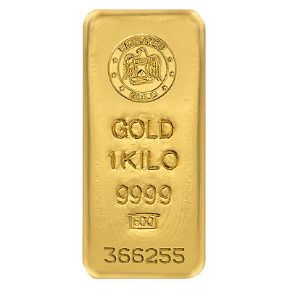
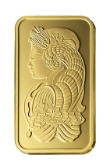
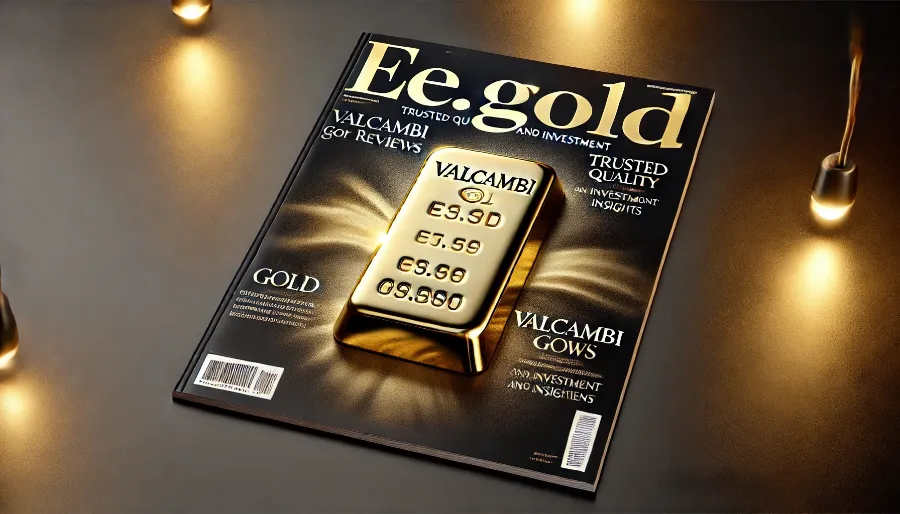

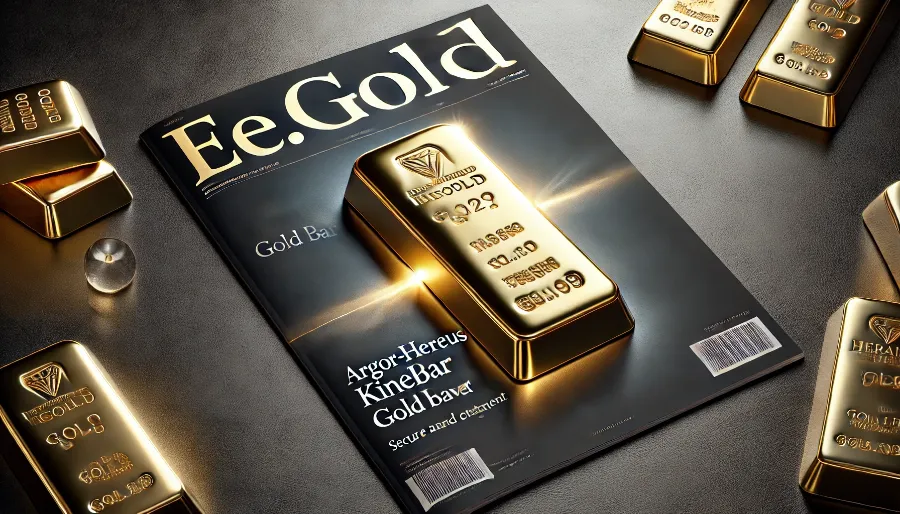
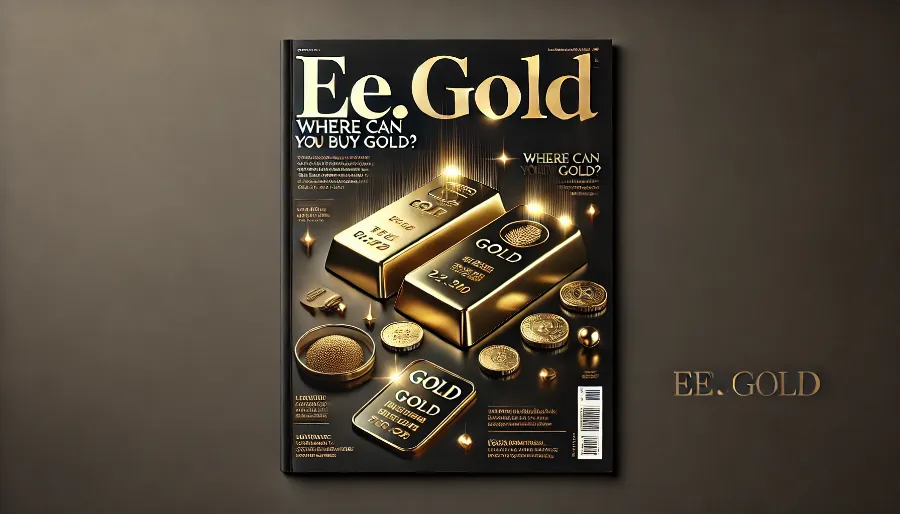

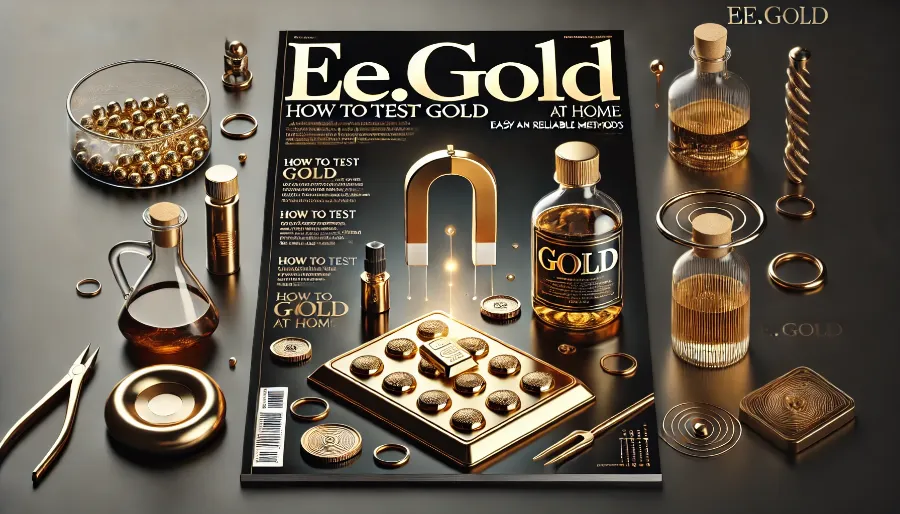
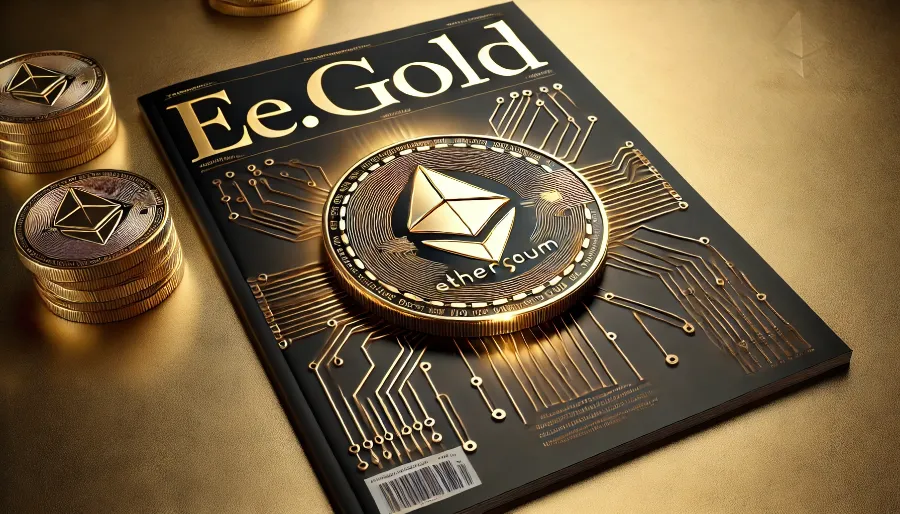
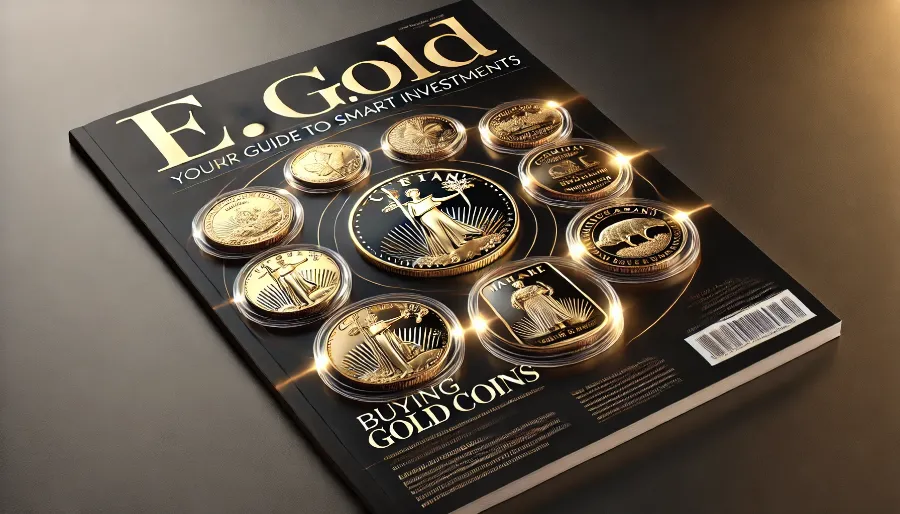
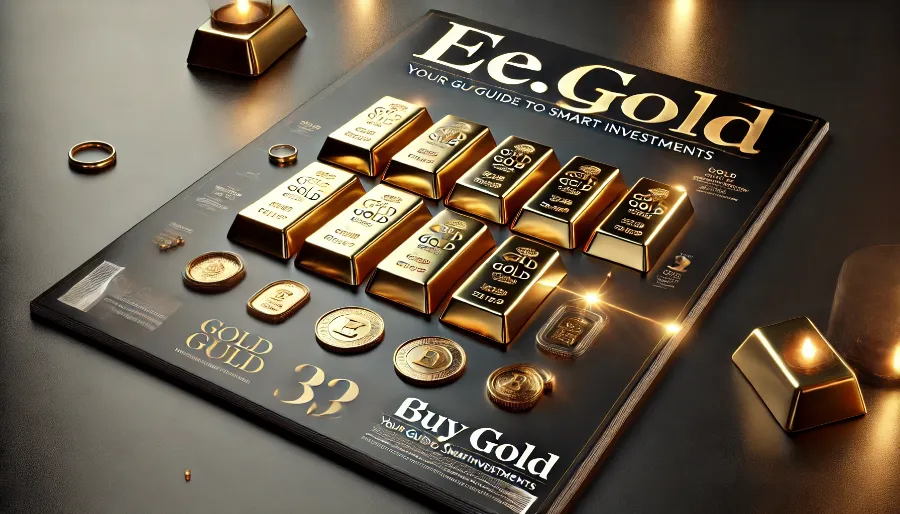
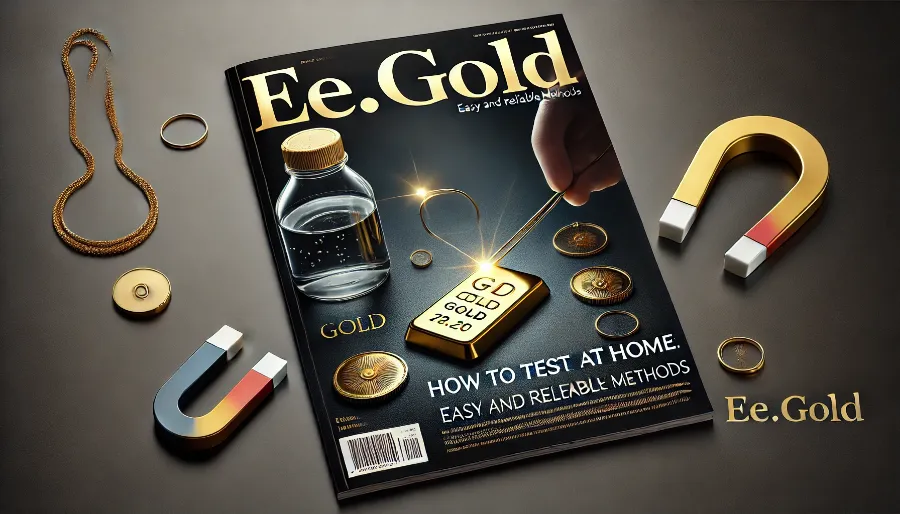




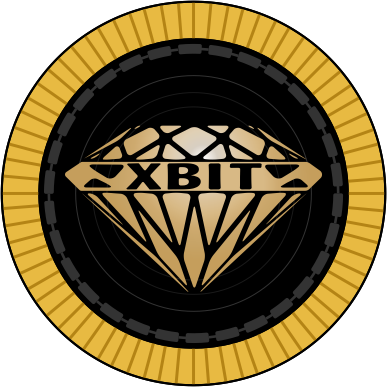


.png)

